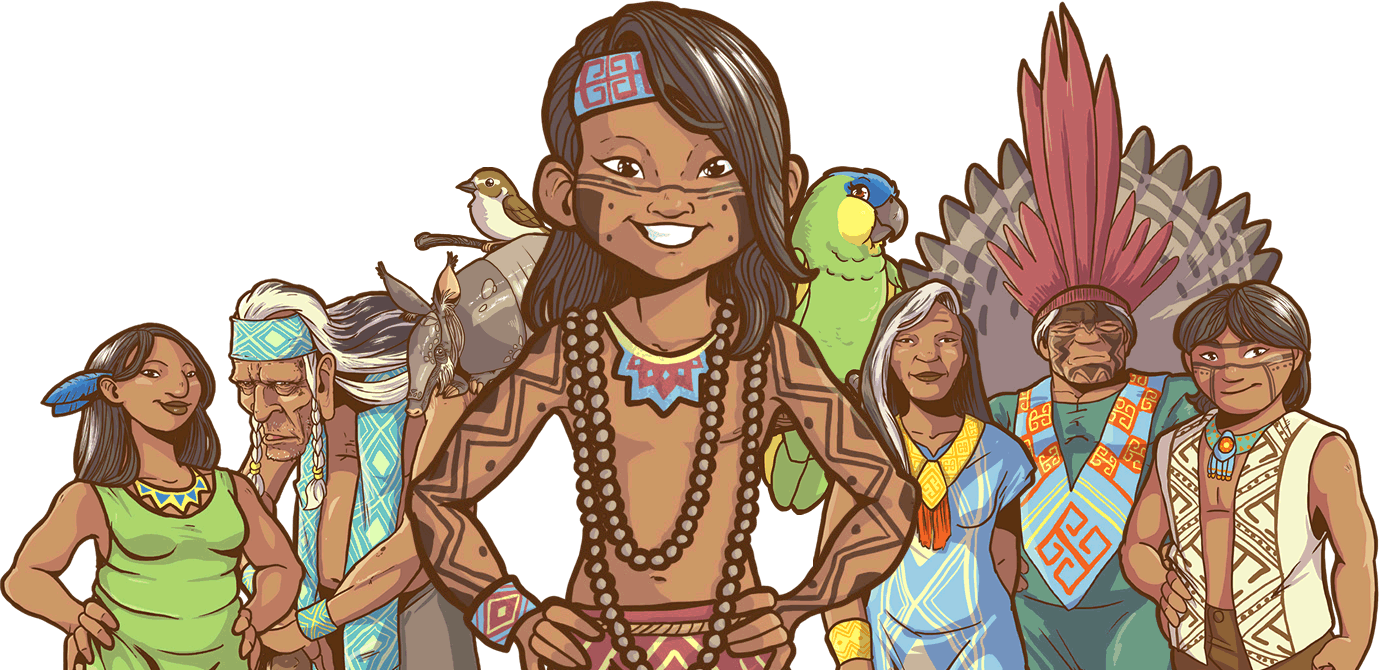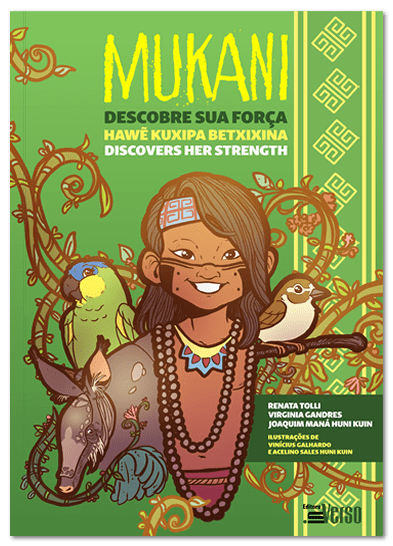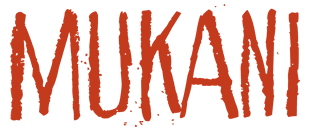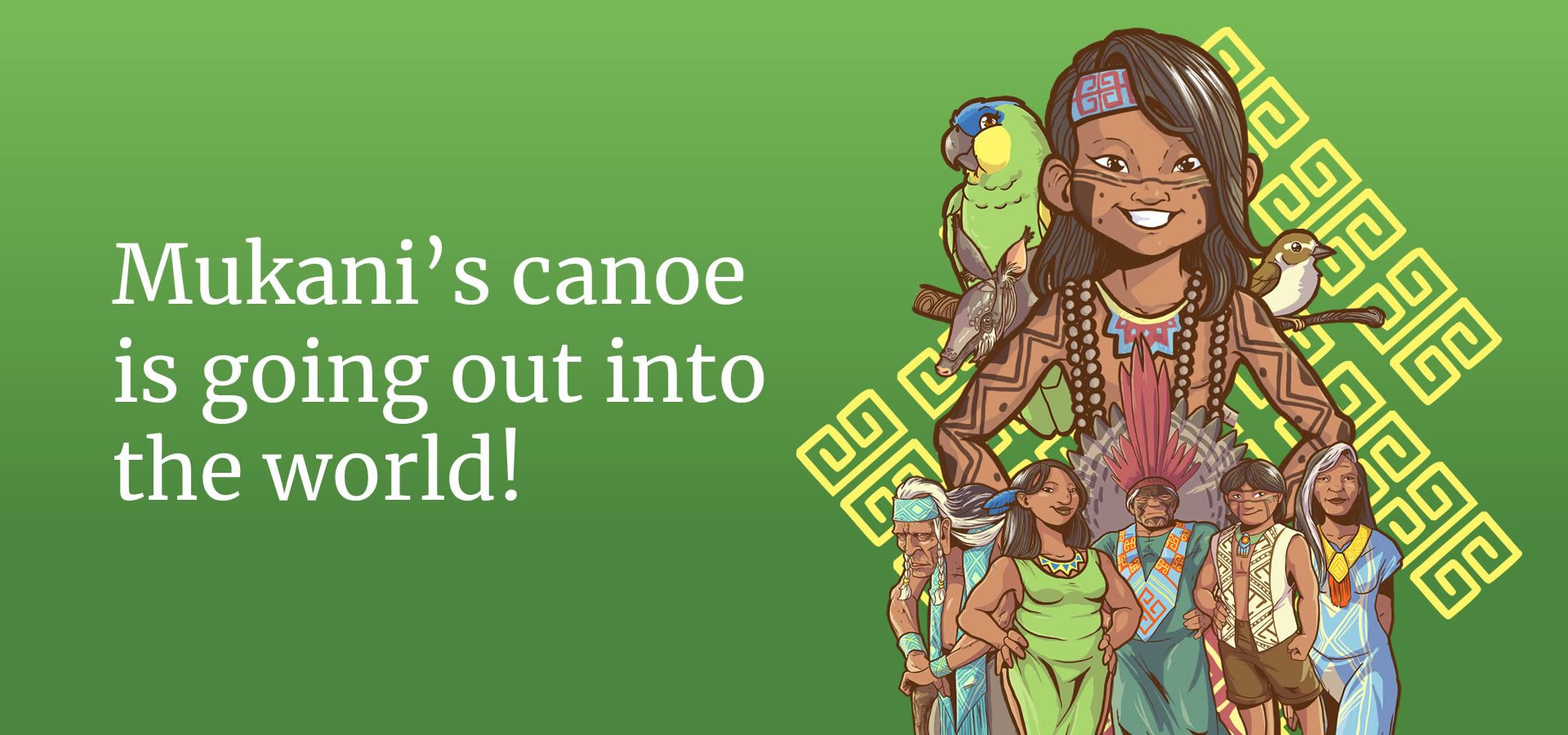
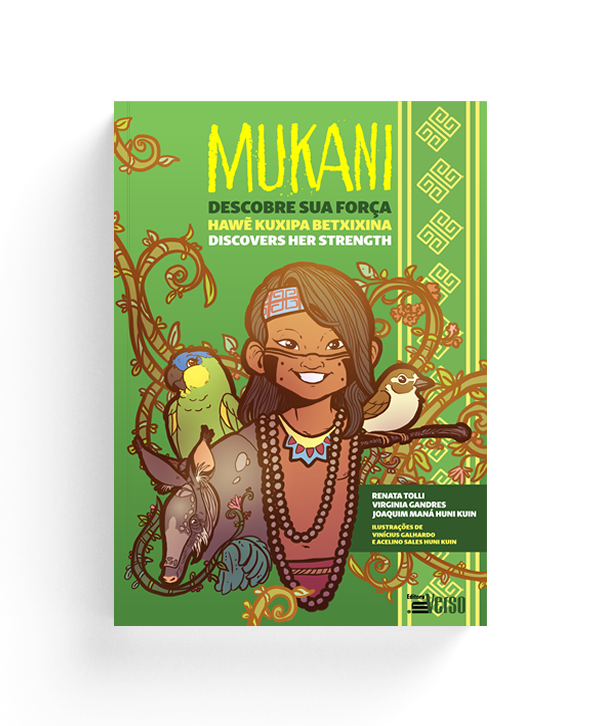
THE BOOK
Mukani discovers her strength.
By embarking on this adventure, you are contributing to the strengthening of the hãtxa kuin language, as the book will be presented in three languages: Portuguese, hãtxa kuin and English.
Renata Tolli and Virginia Gandres
Authors
THE BOOK
Mukani discovers her strength.
By embarking on this adventure, you are contributing to the strengthening of the hãtxa kuin language, as the book will be presented in three languages: Portuguese, hãtxa kuin and English.
Renata Tolli and Virginia Gandres
Authors

Huni Kuin
The Huni Kuin indigenous people are guardians of one of the most biodiverse territories on the planet.
The current Huni Kuin population is over 16,000, spread across the heart of the Amazon Rainforest.
Inspired by the Huni Kuin myths, the story of Mukani was born. Immersed in a magical universe, this nine-year-old girl can communicate with animals, plants and the Yuxibu Enchanted Spirits.
In the book, Mukani embarks on an adventure to defeat the evil forces of Lord Txakabu, a farmer who threatens the forest and its inhabitants. Mukani, together with the spirits of the forest, discovers its strength and assumes itself as guardian of the forests, biodiversity and its culture.
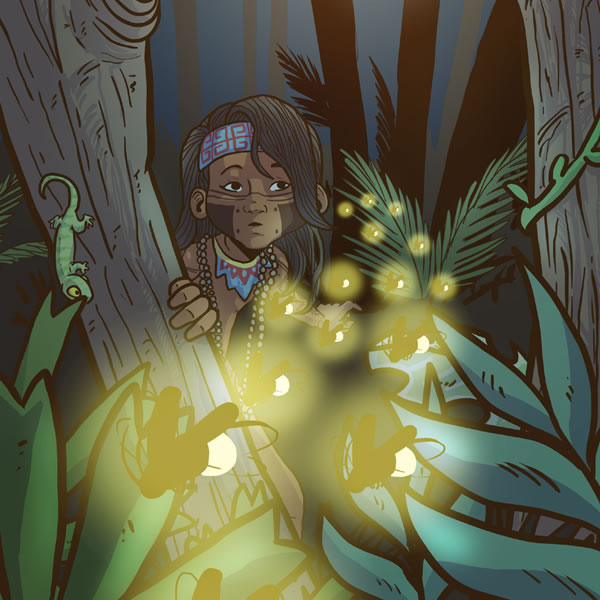
Help
Join us
Help bring Mukani to life and make the world aware of the importance of preserving tropical forests, indigenous peoples and traditional cultures.

Help
Join us
Help bring Mukani to life and make the world aware of the importance of preserving tropical forests, indigenous peoples and traditional cultures.
WATCH
Check out the videos from
the Mukani universe!
Learn more about the Huni Kuin people
The Huni Kuin indigenous people are spread across the heart of the Amazon Rainforest, in Brazil and Peru. Currently, it is estimated to have a population of over 16,000. Until the 90s, still called Kaxinawá, the Huni Kuin belonged to the ethnic group of the Pano linguistic family, predominant in Brazil, Bolivia and Peru.
These people inhabit the Western Amazon region, a tropical forest biome. They are also spread across eastern Peru, along the Andes. The Huni Kuin villages continue to the border with Brazil. The largest population is on the Brazilian side, in the state of Acre, in the region of Alto Juruá, Purus and Vale do Javari.
The Huni Kuin people call themselves “True People”. The term “kaxinawá”, however, became pejorative for the Huni Kuin, as it means “bat people”.
Village activities are divided between men and women as follows: war, hunting and fishing are usually carried out by men. In the latter, cast nets are used, or even fish hooks made from animal bones.
Women take part in harvesting and preparing food. They usually plant bananas, manioc, beans, peanuts and cotton in their swiddens. They are also responsible for weaving and making baskets and ceramics.
